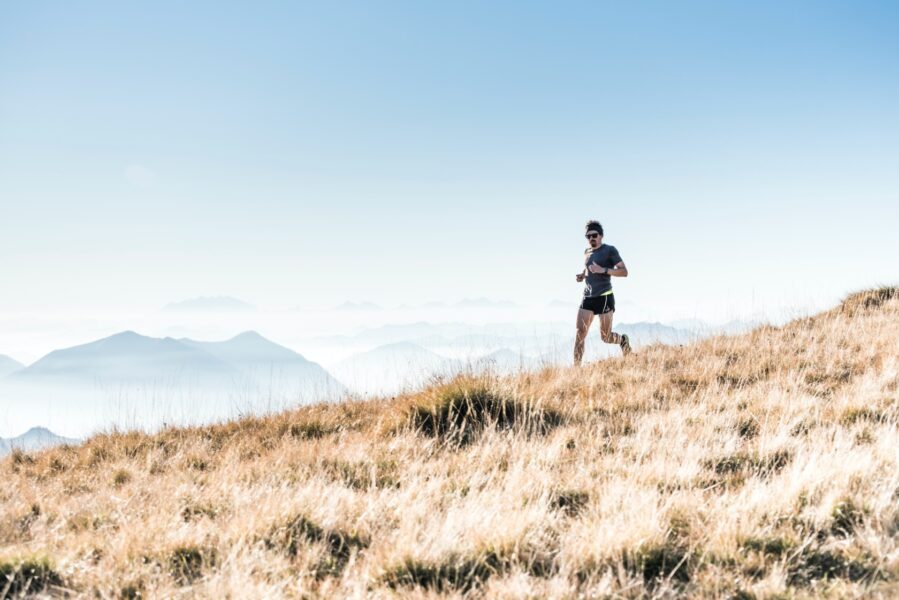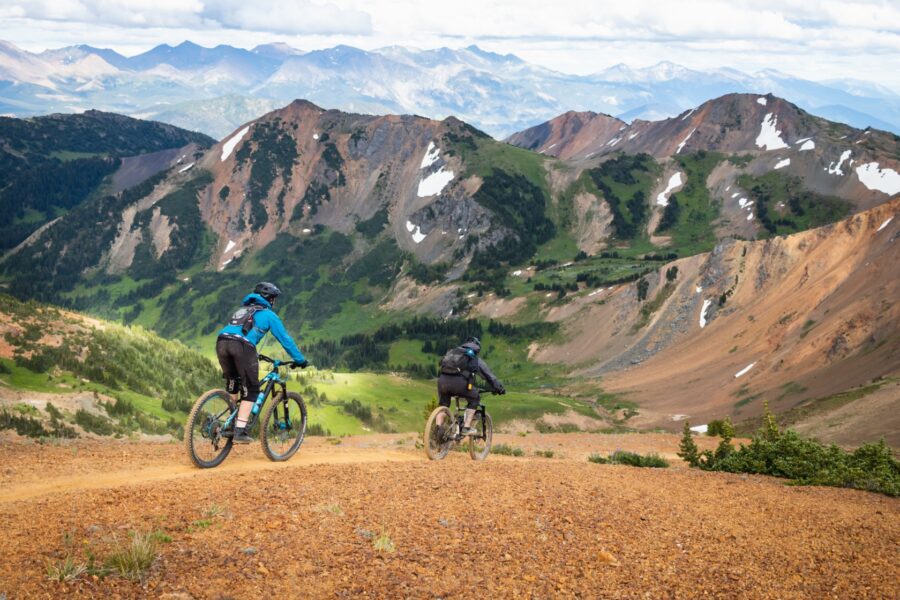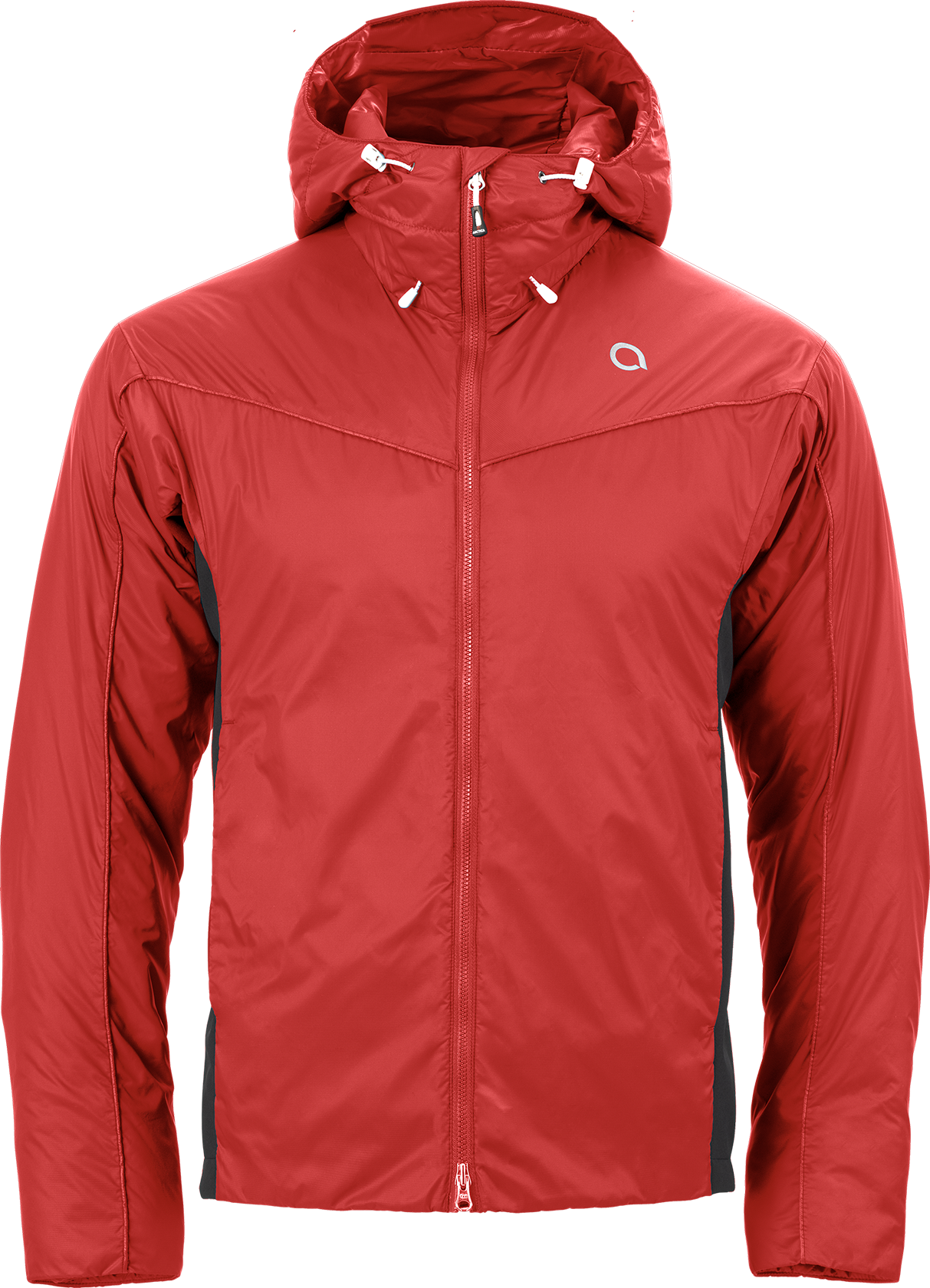Summer fun, meet dryland ski training. Before hitting the snow, it’s essential to prepare the body for the rigorous demands of skiing. Dryland training is a crucial part of any ski racer’s preparation, but doesn’t always need to be serious: cross-training with other sports can help to improve overall fitness and performance, and “play” is good for brain and body health. With these five ski racing cross-training sports, you’ll work on your ski racing fitness and have fun doing it. If you’re headed to summer ski camp, these sports are the perfect way to unwind in the afternoon and keep up your fitness.

Trail Running
Running is an excellent way to build and maintain cardio, an essential facet of ski racing fitness. A strong cardio base boosts endurance, allowing muscles to work more efficiently. Trail running is particularly beneficial for ski racing as it trains other essential skills such as balance, core, and eye-foot coordination. Uneven terrain requires more stability from leg and core muscles and forces you to constantly interpret the terrain ahead. Running downhill on a gradual slope is a great way to challenge your feet and practice recentering your mass over your feet, just like you need to do with each turn on skis. We recommend finding a trail with a steady uphill to build those quads and glutes, and a winding downhill to get the skiing feel.

Mountain Biking
Mountain biking, or any other form of cycling, builds cardio and endurance while strengthening big leg muscles and core. The quadriceps and glutei are the primary muscles used in skiing and cycling, making it an ideal cross-training sport. Mountain biking is particularly helpful for ski racing, as uneven terrain trains balance, stability, and reaction speed. Mountain biking trails are often analogous to ski racing tracks. Sequences of turns require turn shape, looking ahead, and eye-foot coordination.
As a sidebar—cycling is an endurance sport that uses slow-twitch aerobic muscle, whereas skiing calls on fast-twitch anaerobic muscle function. Therefore, it’s essential to include plyometrics in your dryland program to train the fast-twitch function of your muscles.

Soccer
Soccer is popular among ski racers as it employs eye-foot coordination and bursts of energy from leg muscles. A 90-minute soccer session has a similar workload to a ski training session, with bursts of activity and short recovery periods. It activates endurance over a longer period and anaerobic muscle use, making it an ideal cross-training sport for ski racing. See if your ski team wants to get together regularly for a game day or join a recreational soccer team!

Yoga
Yoga is an excellent way to fight imbalances in flexibility and strength. Many ski racers struggle with imbalances due to the repeated motion of skiing, which can stress certain muscles. Yoga builds functional core strength and can help to prevent injury. Regular yoga practice can also improve balance, flexibility and mental focus, all of which are essential for ski racing. There are some great yoga tutorials available online.

Roller Skating
Roller skating is an often-overlooked but enjoyable cross-training sport for ski racing! Roller skating utilizes all the small lower leg muscles that skiing does. Building these little muscles in the off-season will help your stability when the race course gets rough, improve reaction speed to minute adjustments to the snow, and can help to prevent soreness when hitting the slopes after a long break. It also uses the same core muscles as skiing, allowing you to practice the carving movement pattern of pushing through an outside foot. Grab some friends and cruise your local bike path or neighborhood. Bonus points if you set up some cones and carve through your own dryland slalom course!
Incorporating these five cross-training sports into your dryland training can help to improve your ski racing skills and prevent injury. However, it’s important to remember that cross-training should be used to supplement your ski training, not replace it. Skiing is a unique sport that requires specific skills and muscle groups, so it’s essential to include ski-specific exercises in your dryland program.
And while you’re thinking about dryland training, update your dryland kit with an Arctica tee and a Flyweight Packable Windbreaker that stows away smaller than a granola bar – perfect for any adventure.





Leave a Comment
You must be logged in to post a comment.